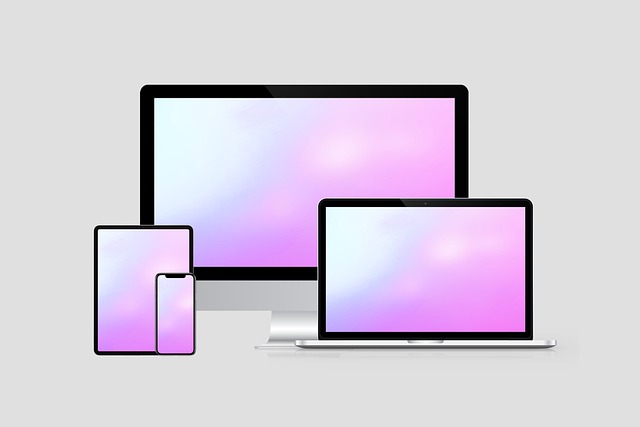A Detailed Guide To Build An App, Including Considerations For Choosing The Right Development Platform

Exploring Digital Products as a Side Hustle
Did you know that over 2.5 million apps are available on the Google Play Store alone? That’s a staggering number, and it’s growing every day! If you’re thinking about building an app, you’re not just entering a crowded market; you’re diving into a bustling bazaar filled with opportunities. But before you start coding like a caffeinated squirrel, let’s break down the essential steps to build an app and how to choose the right development platform.
Defining Your App Idea
Every great app starts with a brilliant idea. But what makes an idea truly great? It should solve a problem or fulfill a need. Think of it as a superhero in disguise, ready to save users from their daily dilemmas. Here are some tips to refine your app idea:
- Identify your target audience. Who will benefit from your app?
- Research competitors. What do they do well, and where do they fall short?
- Gather feedback. Talk to potential users and get their thoughts.
For instance, consider the success of Slack. It started as an internal tool for a gaming company but evolved into a communication platform that millions now rely on. 🚀
Choosing the Right Development Platform
Now that you have your idea, it’s time to choose a development platform. This decision can make or break your app. Think of it as picking the right vehicle for a road trip. Do you want a speedy sports car or a reliable SUV? Here are some popular options:
- Native Development: This involves building apps specifically for iOS or Android. It offers the best performance and user experience but can be costly and time-consuming.
- Cross-Platform Development: Tools like React Native or Flutter allow you to write code once and deploy it on multiple platforms. It’s like having your cake and eating it too! 🍰
- Web Apps: These are accessible through browsers and can be a cost-effective solution. However, they may lack some native features.
Consider your budget, timeline, and the features you want. For example, if you’re aiming for high performance and a rich user experience, native development might be your best bet.
Designing the User Experience
Design is not just about aesthetics; it’s about creating an experience. Think of your app as a cozy café. If it’s inviting and easy to navigate, customers will keep coming back. Here are some design principles to consider:
- Simplicity: Keep the interface clean and intuitive.
- Consistency: Use uniform colors, fonts, and layouts throughout the app.
- Feedback: Provide users with feedback for their actions, like a gentle nudge or a celebratory animation. 🎉
Take inspiration from apps like Airbnb, which masterfully blend functionality with stunning design. Their user experience is so seamless that it feels like magic!
Development and Testing
Once your design is set, it’s time to roll up your sleeves and start developing. This phase can feel like building a house; you need a solid foundation. Here are some key steps:
- Set Up a Development Environment: Choose the right tools and frameworks based on your platform.
- Write Clean Code: Maintainability is crucial. Use comments and follow coding standards.
- Test Early and Often: Don’t wait until the end to test. Use beta testers to gather feedback and fix bugs.
Remember, even the best apps have bugs. Look at the infamous launch of Apple Maps, which was riddled with issues. Testing can save you from a similar fate!
Launching Your App
Congratulations! You’ve built your app, and now it’s time to launch it into the wild. But hold on! A successful launch is more than just pressing a button. Here’s how to make a splash:
- Create Buzz: Use social media, blogs, and influencers to generate excitement.
- Optimize for App Stores: Use relevant keywords in your app description to improve visibility.
- Gather User Feedback: Encourage reviews and ratings to build credibility.
Look at how Dropbox launched with a referral program that incentivized users to invite friends. They turned their launch into a viral sensation! 🌟
Post-Launch: Marketing and Updates
The launch is just the beginning. Now, you need to keep the momentum going. Think of your app as a garden; it needs regular care to flourish. Here are some strategies:
- Engage Users: Use push notifications and email marketing to keep users informed.
- Analyze Data: Use analytics tools to track user behavior and improve your app.
- Regular Updates: Keep your app fresh with new features and bug fixes.
For example, Instagram continuously updates its features based on user feedback, keeping its audience engaged and loyal.
Conclusion
Building an app is an exciting journey filled with challenges and rewards. From defining your idea to launching and marketing, each step is crucial. Choose the right development platform, focus on user experience, and keep your users engaged post-launch. With the right approach, your app can stand out in the crowded marketplace and become the next big thing! 💡





